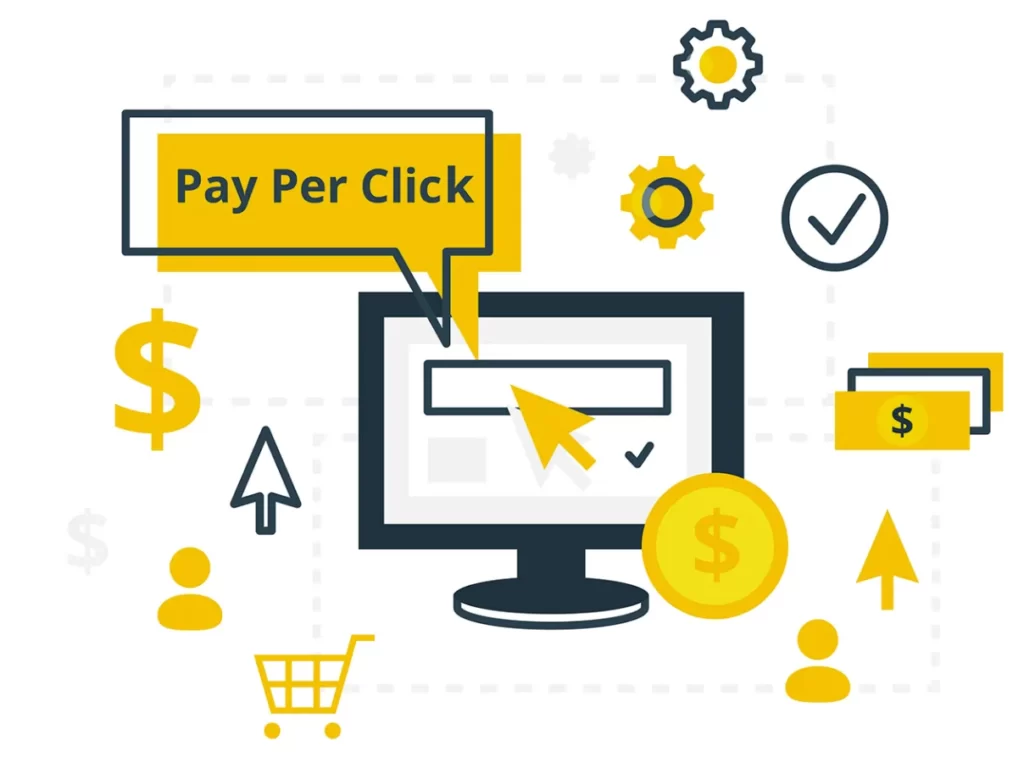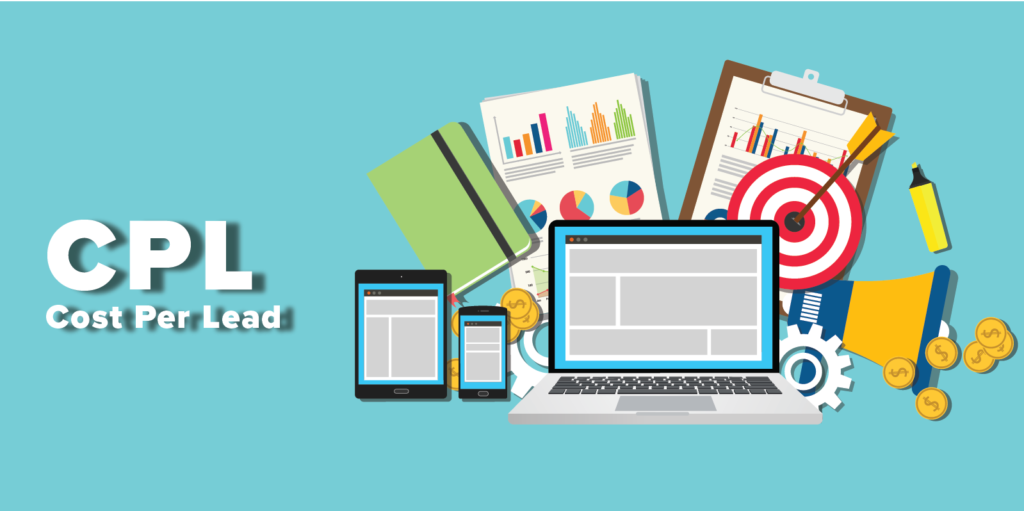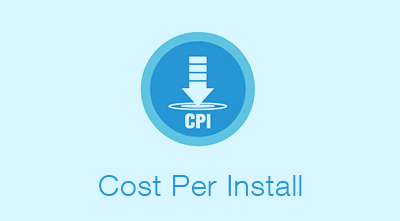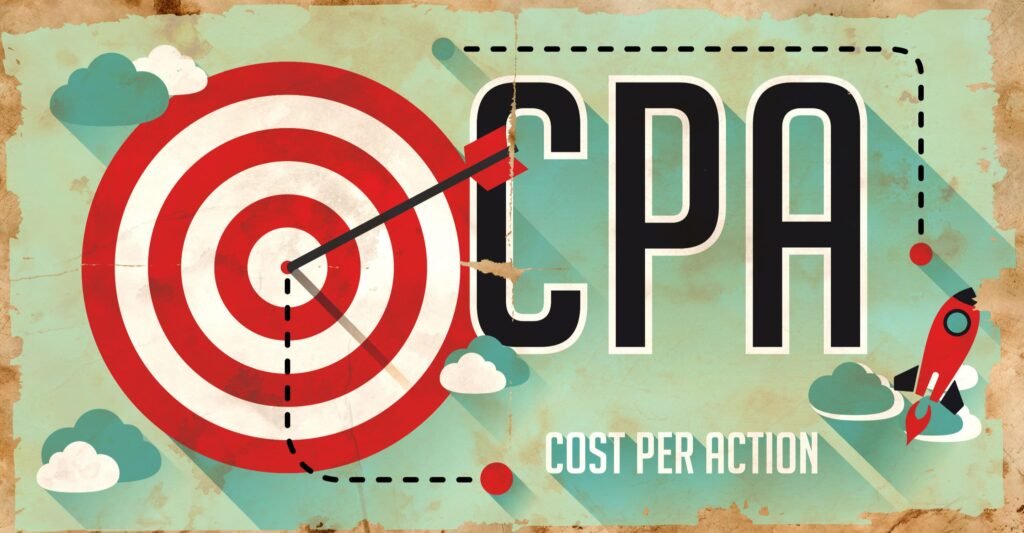
What Is Performance Marketing? It is a form of online promotion that drives desired actions, such as website visits, registrations, or sales.
It’s also known as “results-based performance” because performance marketers only get paid when they generate client results.
This blog post will explore performance marketing, why it’s in demand nowadays, and what skills and tools you need to succeed.
What Is Performance Marketing Strategy? And It’s Types
It is a digital strategy that is driven by results. In this type of marketing, advertisers only pay when specific actions occur, such as a click, sale, or lead.
This makes it a very effective way to market because you only pay for what works. With performance marketing, you can measure everything from brand awareness to conversion rate to a single ad.
This type of marketing is also known as a “pay for performance” or “cost per action” (CPA) marketing campaign.
Performance marketing is a great way to get started in affiliate programs because it allows you to test different products and campaigns without spending much money upfront.
Now, let’s discuss types of performance marketing:
Pay-Per-Click (PPC) Advertising
Performance marketing encompasses pay-per-click (PPC) as one of its types. In this advertising model, advertisers are charged a fee for each click their ad receives.
In digital marketing, a results-driven approach entails advertisers paying solely when specific actions or desired outcomes are realized, such as Clicks, leads, sales, or other preferred customer actions.
Various channels, including affiliate marketing, are utilized in performance marketing Advertising through PPC, social media, and search engine marketing.
PPC advertising effectively boosts website traffic, as payment is incurred only when someone expresses enough interest to click on your ad.
Increasing website traffic and expanding your online presence business through this cost-effective method is achievable, but it demands time and effort to execute it effectively.
The prevalent form of PPC advertising occurs on search engines like Google Ads, where advertisers bid on keywords, displaying their advertisements prominently on the top of search engine results pages(SERPs) when the corresponding keywords are searched.
Advertisers formulate campaigns for specific demographics, interests, locations, and more.
They will set a maximum budget for their campaign, and the platform will determine when and where their ads appear based on their bid, campaign configurations, and the quality and relevance of their ad.

Cost-Per-Acquisition (CPA) Advertising
CPA advertising is a payment model where advertisers only pay when someone takes a desired action, such as purchasing or filling out a form.
This model is beneficial because it allows advertisers to focus on conversions and only pay when someone takes the desired action.
The primary advantage of CPA advertising is that advertisers only pay for results, saving them money by allowing them to optimize only for their objectives and choose the proper advertising channels to achieve them.
CPA bidding is a paid advertising method that allows advertisers to control their spending tightly. It only requires them to pay for each conversion, a metric they define themselves when they set up each campaign.
To succeed in result-driven marketing, advertisers need to comprehend their client’s objectives and what they aim to accomplish. How best to achieve it.
By using CPA advertising, advertisers can measure their content’s converting capabilities and resonance through cost per acquisition.
This pricing model allows advertisers to pay for every acquisition, which can be determined by dividing the overall cost of conversions by the total count of conversions.
By using target CPA bidding, advertisers can generate as many conversions as possible within the limits of their advertising budget.
This method leverages machine learning to analyze the campaign’s historical conversion data and recommend an optimal average target CPA.
And automatically optimize all eligible bids to meet the average target CPA set for all campaigns.

Cost-Per-Lead (CPL) Advertising
Cost-per-lead (CPL) advertising is a digital marketing strategy where advertisers pay a fixed amount for each qualified lead generated through their campaigns.
The focus is on obtaining potential customers’ contact information, including email addresses or phone numbers, rather than just website visits or impressions.
CPL is often used by businesses that sell subscription services or high-value products.
Customers demonstrate interest by opting in instead of merely seeing an impression, and CPL leads are more likely to convert than prospects from impression-based campaigns.
CPL is closely linked to key marketing metrics, such as cost-per-acquisition (CPA).
To calculate the appropriate CPL, a business must determine what they will pay for each lead and track their marketing spend and the number of new leads generated.
By tracking CPL, businesses can determine the most effective marketing channels and adapt their strategies accordingly.

Cost-Per-Install (CPI) Advertising
Cost-per-install (CPI) is a performance-based marketing model in the mobile app industry. Advertisers pay for each app installation resulting from their campaigns.
CPI is particularly relevant for app developers looking to increase their user base and reach a wider audience.
By paying per install, advertisers can gauge the success of their campaigns based on the number of app downloads and installations they receive.
CPI is a standard pricing model used in mobile app marketing, specifically in mobile user acquisition campaigns.
The formula for calculating CPI is quite simple: The division of total ad expenditures by the number of installations.
CPI is a measurement of customer acquisition costs (CAC) and helps determine how effective a campaign is at generating installs.

Cost-Per-Action (CPA) Affiliate Marketing
CPA affiliate marketing is performance-based marketing where advertisers pay affiliates for specific actions or conversions generated through their referrals.
Advertisers set the criteria for a successful action, including filling out a form, purchasing, or subscribing to a service. Affiliates are compensated accordingly for each successful action.
This marketing strategy allows advertisers to target actions they deem valuable for their business growth.
CPA affiliate marketing is a low-risk form of affiliate marketing because advertisers only pay when they receive a conversion, which reduces the chances of an affiliate artificially inflating clicks or website traffic.
In CPA affiliate marketing, web browser cookies attribute customer actions to a particular affiliate link or referral source, ensuring publishers can receive a commission for contributing to sales generation.
Affiliates are usually influencers, publishers, or content creators who run a blog, website, or brand with a built-in audience.

Why Is Performance Marketing In Demand?
Why and what is Performance marketing? It has become an increasingly popular term in recent years because it’s a very effective way to drive results.
Result-driven marketing campaigns often have a much higher ROI than traditional marketing campaigns.
This is because performance marketers only get paid when they generate results; they’re motivated to ensure their campaigns succeed.
Some significant reasons behind ‘Performance Marketing’ has become famous:
- It is a very effective way to market because you only pay for what works.
- Secondly, there is a high ROI associated with result-driven marketing campaigns.
- Performance marketers are very motivated to ensure that their campaigns are successful.
Why Is Performance Marketing Important?
What is Performance marketing in digital marketing? It refers to a highly effective approach focusing on generating measurable business results.
By utilizing result-driven strategies, such as optimizing campaigns for sales or leads, performance marketing offers a powerful solution to drive desired actions.
It often yields a higher return on investment (ROI) than traditional marketing methods.
What Kind Of Skills A Performance Marketer Should Have?
To be a successful performance marketer, you need to have strong analytical skills and be able to track your results.
You must also be creative to develop new campaigns that will generate results.
In addition, it’s helpful to have some experience with coding and web development, as this will allow you to create landing pages and tracking systems.
Additionally, having some experience with coding and web development is helpful.
Some of the tools that are commonly used in performance marketing are:
- Google Analytics
- Google AdWords
- Facebook Ads
- Twitter Ads
- LinkedIn Ads
If you’re interested in getting started in performance marketing, these are some of the skills and tools you’ll need.
Common Challenges In Performance Marketing And How To Overcome Them
A. Adapting To Changing Algorithms:
In performance marketing, staying ahead of the game means staying informed about the ever-changing algorithms of search engines and social media platforms.
Marketers must keep up with industry news, adhere to best practices, and continually test and optimize their campaigns to align with algorithm changes.
For more detailed insights, you can explore the What is Performance Marketing PDF, which delves into the intricacies of this dynamic field.
B. Budget Constraints:
Limited budgets can pose a challenge in achieving desired results in performance marketing.
Marketers can overcome this challenge by prioritizing high-performing channels, optimizing campaigns for better ROI,
They are exploriAndcexploretive advertising options like long-tail keywords, niche platforms, or targeted audience segments to make the most of their budget.
C. Ad Fatigue And Banner Blindness:
Excessive exposure to advertisements may result in ad fatigue and banner blindness, causing a decline in campaign performance.
To combat this challenge, marketers should create engaging and relevant ad content, conduct A/B testing to identify the most impactful ad variations, and regularly refresh creatives to maintain user interest.
D. Tracking And Attribution:
Accurately tracking and attributing conversions to the proper marketing channels can be a complex challenge.
Marketers should implement robust tracking mechanisms, utilize tracking pixels and UTM parameters, leverage advanced analytics tools,
And implement multi-touch attribution models to understand the customer journey and allocate credit appropriately and comprehensively.
E. Competition And Saturation:
Performance marketing vs digital marketing, the intensifying competition in performance marketing has heightened the need to differentiate oneself and effectively engage target audiences.
To excel amidst this dynamic landscape, marketers must prioritize niche targeting, craft distinctive value propositions, analyze competitors comprehensively, and continually optimize campaigns using valuable data insights.
By embracing these strategies, businesses can stay ahead in the ever-evolving world of performance marketing.
Critical Strategies For Effective Performance Marketing Campaigns:
A. Set Clear Goals And Kpis:
Clearly define the objectives of your performance marketing campaigns, whether it’s lead generation, sales, app installs, or website traffic.
Establish key performance indicators (KPIs) that align with your goals, such as conversion rates, cost per acquisition, or return on ad spend, to measure success accurately.
B. Target Audience Segmentation:
Comprehend your target audience and categorize them according to demographics, interests, behavior, or past interactions.
This allows you to tailor your messaging, creatives, and offers to specific audience segments, increasing the relevance and effectiveness of your campaigns.
C. Continuous Testing And Optimization:
Embrace a culture of testing and optimization to improve campaign performance.
Experiment with different ad formats, targeting options, landing page variations, and ad copies.
Analyze the data, identify trends, and optimize data-driven results.
D. Personalization And Customization:
Deliver personalized experiences to your audience using dynamic content, recommendations, and retargeting strategies.
Tailor your messaging and offers based on user preferences, browsing history, or past interactions to increase engagement and conversions.
E. Collaborate With Influencers And Partners:
Leverage the power of influencers and strategic partnerships to expand your reach, build trust, and tap into their engaged audiences.
Identify influencers or relevant businesses that align with your brand values and target audience,
Collaborate on co-branded campaigns or endorsements to amplify your performance marketing efforts.
How To Set Targets, Track Conversion & Scale In Performance Marketing?
Best Tools For Performance Marketing In 2022
Google Analytics
This tool is essential for tracking your results and understanding what’s working and what’s not.
Some Features Of Google Analytics
- Traffic sources
- Conversions
- Goal tracking
- Custom reports
Google AdWords
Using this tool, you can create and supervise your pay-per-click campaigns.
Some Features Of Google AdWords
- Keyword research
- ad creation
- Campaign management
Facebook Ads:
Facebook Ads is a robust platform that enables you to direct your ads toward a particular audience.
Some features of Facebook Ads are:
- Audience targeting
- Ad creation
- Budget management
Twitter Ads
Utilizing Twitter Ads is an effective method to communicate your message to a broad audience.
Some Features Of Twitter Ads
- Campaign management
- Ad creation
- Targeting options
LinkedIn Ads:
Leveraging LinkedIn Ads proves to be an efficient means of reaching a targeted audience. Professionals and decision-makers.
Some Features Of LinkedIn Ads
- Ad targeting
- Ad creation
- Campaign management
Crazy Egg
Moreover, Crazy Egg is an excellent tool for understanding how people interact with your website. This will allow you to see where people click and what interests them.
Some Features Of Crazy Egg
- Heatmaps
- Scroll maps
- Confetti reports
OptinMonster
This tool lets you create your website pop-ups and other lead capture forms. Eventually, it’ll be a great way to increase leads and conversions.
Some Features Of OptinMonster
- Lead capture forms
- A/B testing
- Exit-intent pop-ups
SEMrush
SEMrush is an all-encompassing marketing tool providing a range of features for SEO, paid advertising, content marketing, and social media.
It provides keyword research, competitive analysis, backlink analysis, site auditing, and more.
Some Features Of SEMrush
Keyword research
Competitive analysis
Backlink analysis
Site auditing
HubSpot
HubSpot is a unified marketing platform that provides tools for inbound marketing, lead generation, email marketing, social media management, and CRM.
It helps streamline marketing efforts and enables effective customer engagement.
Some Features Of HubSpot
Email marketing
Social media management
CRM integration
Lead generation
Moz
Moz is a popular SEO toolset that provides a range of features to improve search engine rankings and visibility.
It offers keyword research, link-building analysis, rank tracking, and more.
Some Features Of Moz
Keyword research
Site audits
Link building analysis
Rank tracking
Mailchimp
Mailchimp is a widely utilized tool for email marketing that allows you to create and automate email campaigns, manage subscriber lists, and track email performance.
It offers customizable templates, segmentation options, and integration with various platforms.
Some Features Of Mailchimp
Email campaign creation
Subscriber list management
Email automation
Performance tracking
These are just a few of the many tools available for performance marketing in 2022. Your selection of tools will be contingent on your specific requirements, goals, and budget.
Researching and evaluating different tools is always recommended to find the ones that align with your marketing strategy.
Conclusion
So, do you have any questions about performance marketing? Yes/No, let us know in the comments below!
Still trying to determine what performance marketing is and how it can benefit your business? To check this, check out our guide to performance marketing for more information.
Thanks for reading! We hope this was helpful.








No Comments